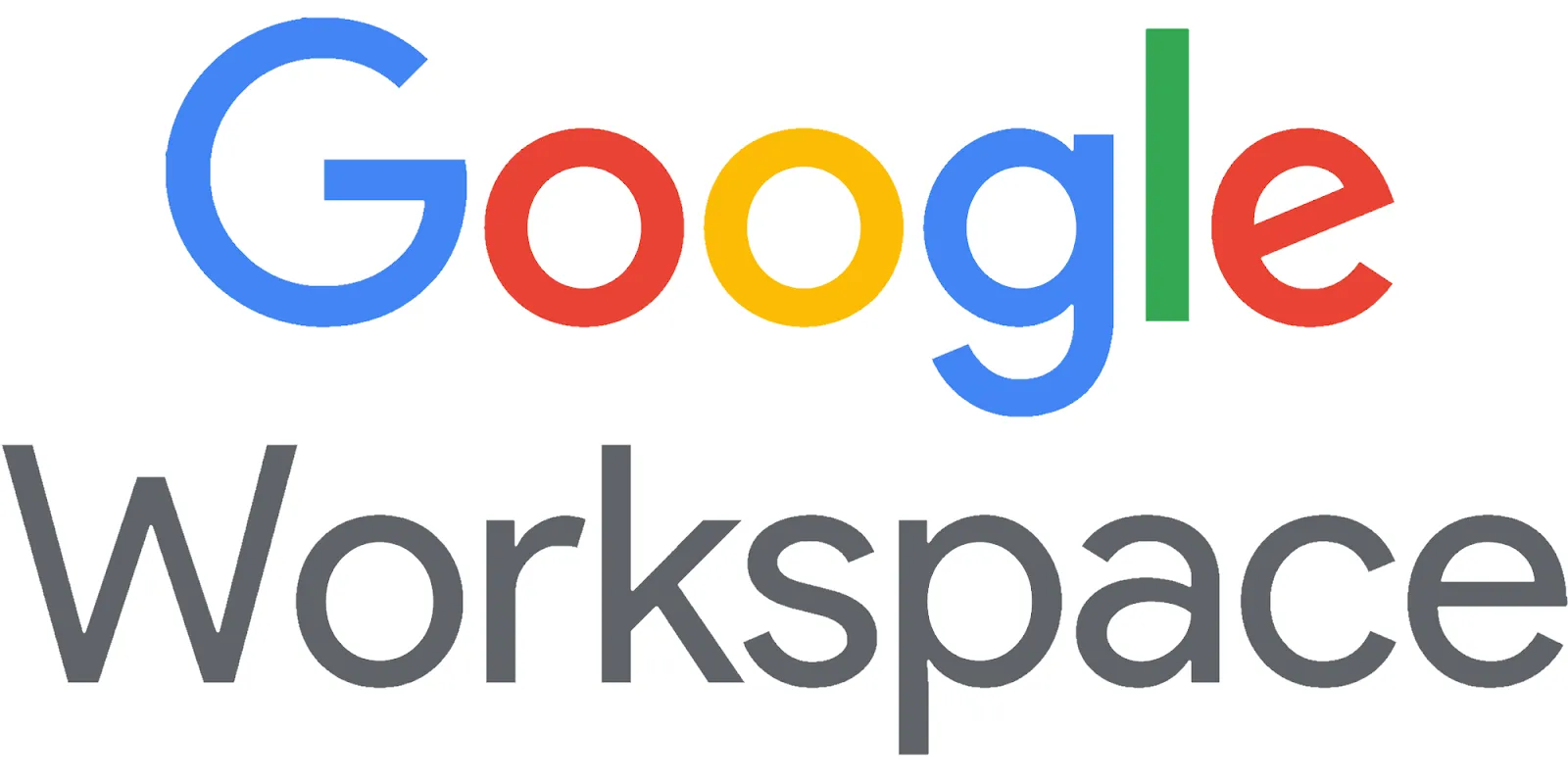Understanding Your Target Audience: More Effective Advertising with Google Ads

Understanding Your Target Audience: More Effective Advertising with Google Ads
In the realm of digital marketing, understanding your target audience is pivotal for creating successful advertising campaigns. With Google Ads, knowing who you are targeting can help you craft ads that resonate with potential customers, driving higher engagement and conversion rates. This article will explore effective strategies for identifying and understanding your target audience, ultimately leading to more successful Google Ads campaigns.
The Importance of Knowing Your Target Audience
Understanding your target audience is crucial for several reasons:
- Tailored Messaging: When you know your audience, you can tailor your ad copy and visuals to meet their specific needs and preferences.
- Improved Relevance: Relevant ads lead to higher click-through rates (CTR), which can positively impact your Quality Score in Google Ads.
- Cost Efficiency: Targeting the right audience helps minimize wasted ad spend on users who are unlikely to convert.
- Increased Conversions: Ads that resonate with the audience are more likely to drive desired actions, such as purchases or sign-ups.
1. Defining Your Ideal Customer
The first step in understanding your target audience is to define your ideal customer. Consider the following factors:
- Demographics: Age, gender, income level, education, and occupation.
- Geographics: Location, region, and climate.
- Psychographics: Lifestyle, values, interests, and personality traits.
- Behavioral Data: Online behavior, purchasing habits, and brand loyalty.
Creating a detailed customer persona can help visualize your ideal audience and guide your advertising strategies.
2. Conducting Market Research
Market research is essential for gathering insights about your target audience. Use the following methods:
- Surveys and Questionnaires: Collect feedback directly from customers to understand their preferences and pain points.
- Social Media Listening: Monitor conversations on social media to gain insights into customer opinions and interests.
- Competitor Analysis: Analyze your competitors' audience and advertising strategies to identify gaps and opportunities.
3. Utilizing Google Ads Audience Targeting Features
Google Ads offers various audience targeting options that can help you reach your desired audience more effectively:
- In-Market Audiences: Target users actively researching or considering purchasing products or services similar to yours.
- Affinity Audiences: Reach users based on their interests, lifestyles, and habits.
- Remarketing: Re-engage users who have previously interacted with your website or app.
- Custom Audiences: Create tailored audiences using your own customer data.
4. Analyzing Audience Insights
Utilize Google Ads and Google Analytics to analyze audience insights and gather data on user behavior:
- Demographic Reports: View data on the age, gender, and location of users interacting with your ads.
- Interests Reports: Identify interests and affinities of your audience to refine your targeting.
- Behavior Reports: Analyze how users engage with your website after clicking on your ads.
This data can help you adjust your advertising strategies to better align with your audience's preferences.
5. Crafting Targeted Ad Copy
Once you understand your target audience, it's essential to craft ad copy that speaks directly to them. Consider the following tips:
- Use Language that Resonates: Tailor your messaging to match the tone and language your audience uses.
- Address Pain Points: Highlight how your product or service solves specific problems your audience faces.
- Incorporate Personalization: Use dynamic keyword insertion to personalize ads based on user searches.
6. Testing and Optimizing Your Ads
Continuously test and optimize your ads based on audience feedback and performance metrics:
- A/B Testing: Experiment with different ad variations to see which resonates best with your audience.
- Performance Analysis: Regularly review key metrics, such as CTR, conversion rate, and return on ad spend (ROAS).
- Adjust Targeting: Refine your audience targeting based on performance data and changing market trends.
Conclusion
Understanding your target audience is essential for effective advertising with Google Ads. By defining your ideal customer, conducting market research, utilizing audience targeting features, analyzing insights, and crafting tailored ad copy, you can significantly enhance the effectiveness of your advertising campaigns. Continuous testing and optimization will ensure your ads remain relevant and resonate with your audience, ultimately leading to higher conversions and business success.
Related Articles
- What is Google Ads? Basic Information and Introduction
- Keyword Research: Best Practices for Google Ads
- Tips for Writing Google Ads Copy
- Understanding Your Target Audience: More Effective Advertising with Google Ads
- Google Ads and SEO: Balancing the Two for Effective Online Marketing
- Strategies to Increase Conversion Rates with Google Ads
- Remarketing: Targeting Previous Visitors with Google Ads
- Monitoring and Reporting Google Ads Performance
- The Quality Score of Google Ads and Its Importance
- A Guide to Using Google Ads for Local Businesses
- Mobile Advertising: Targeting Mobile Users with Google Ads
- E-commerce and Google Ads: How to Promote Your Products?
- Budget Management with Google Ads: Optimizing Advertising Expenses









Comments
Post a Comment